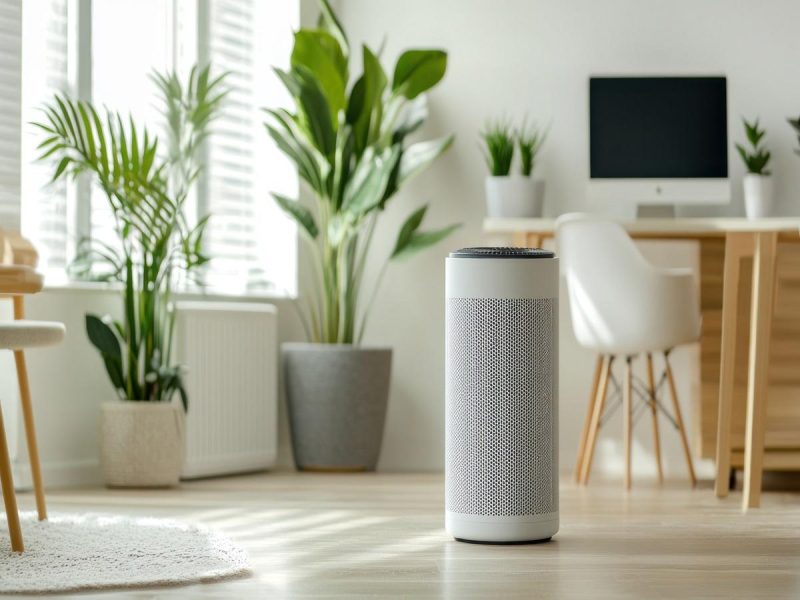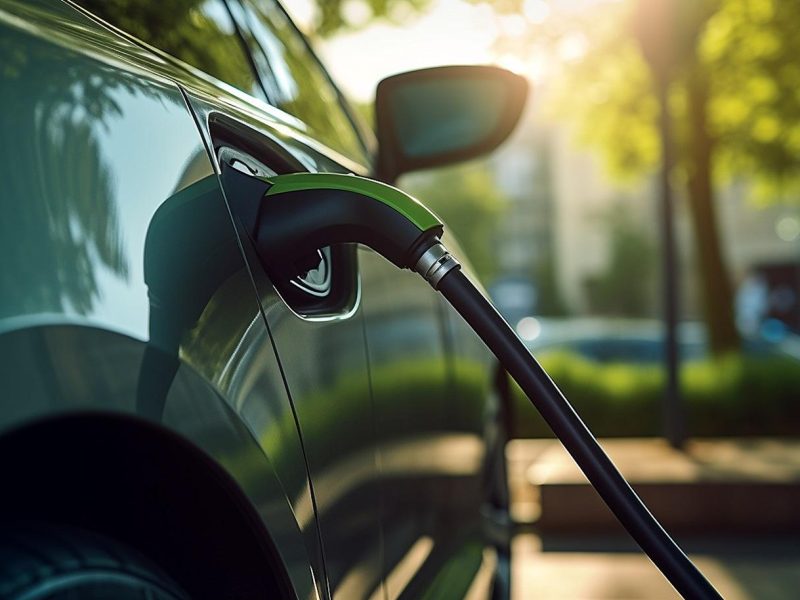The country is making giant strides in electric vehicles adoption as it looks to combat climate change and cut reliance on fossil fuels. As consumers shift gears towards more responsible purchases post pandemic, there is a genuine intention and interest in purchasing EVs
Have you noticed how celebs in the west usually drive an EV when driving to an event (esp when it’s a self-drive). So, whether it’s Leonardo DiCaprio riding his Polestar 2 or Cameron Diaz being often spotted driving a black Tesla Model S, it’s fashionable to be known for your commitment to cleaner transportation and green living. These celebrities highlight a growing trend toward electric mobility, demonstrating that EVs are both practical and stylish, encouraging fans to embrace eco-friendly alternatives. EVs are here to stay. Whether they are adopted by you sooner or later, it’s only a question of time before everyone has one EV in their garage.
A global shift toward electric vehicles (EV) will have “far-reaching” impacts on investment, production, international trade and employment, said the International Monetary Fund this week as part of its update to global economic growth forecasts.
As battery prices are projected to reduce and the charging network improves, more Indians are buying EVs. Nationwide sales of such vehicles grew 19 per cent in the first half of 2024-25, rising to 836,621 units from 702,013 in the same period a year ago, Business Standard reported earlier this year.
Tata Motors sells the most number of electric cars in India and Hyundai Motors India and Mahindra Electric Mobility were placed second and third earlier this year.
What’s Trending
Some of the top trending electric vehicles in India in 2024 include Tata Nexon EV, Hyundai Kona Electric, MG ZS EV, Tata Curvv EV, Tata Punch EV, Renault K-ZE EV. MG Motor India made a slew of launches recently such as MG ZS EV, MG Comet EV, MG Windsor (See Price Chart below for more details). Says Satinder Singh Bajwa, Chief Commercial Officer at JSW MG Motor India, “As an early mover in the EV space, our focus has been on developing both product offerings as well as the ecosystem. Our MG Comet and ZS EV, combined, have achieved a sales figure of over 25,000 units. Currently, our EVs contribute 25-30% to our total sales and we aim to increase this contribution. MG Windsor received a significant customer response minutes after the bookings commenced. Within 24 hours, the company secured bookings for 15,176 units, making MG Windsor India’s 1st Passenger EV to achieve such a feat. This milestone highlights the growing demand for four-wheeler EVs in the Indian market and underscores the shift toward electric mobility.”
Currently who is the EV buyer. Says Bajwa- “Typically in the auto industry, you divide the customer into three segments- the first-time buyer, the replacement car buyer and an additional car buyer. Currently EV fits into the third category.” On his recent visit to Bengaluru, Bajwa says he found that the affordable, yet stylish MG Comet has maximum takers from working women; college going girls and senior citizens. He says he was amazed to see how girls were coming forward and actually designing their own Comet- the decals, the seats, exterior and interior. Some wanted their car to be all pink from outside, and seats in a certain colour, steering wheel in yet another. You can actually design the Comet the way you want to.
Given the festive season, car manufacturers have been announcing special deals. Recently TATA.ev launched ‘Festival of Cars with Punch.ev starting at Rs 9.99 Lakh and Nexon.ev Rs 12.49 Lakh – a price on par with petrol/ diesel, a saving of up to Rs 3 lakh on EVs with special festive offer and six-month free charging at Tata Power charging stations. Says Vivek Srivatsa, Chief Commercial Officer, Tata Passenger Electric Mobility Ltd., said, “Our singular purpose at TATA.ev is to mainstream EVs, by breaking barriers and making EVs more accessible to regular car buyers. With these special, limited period prices, we are breaking the high acquisition cost barrier for EVs and bringing EV prices closer to similar petrol and/or diesel-powered vehicles.”
As the global automotive industry is seeing a significant shift toward electric vehicles, safety becomes paramount. Says Shailesh Chandra, MD, Tata Passenger Electric Mobility and Tata Motors Passenger Vehicles, “Safety, once less discussed, is now a top priority for the Indian car buyer. We are delighted to produce India’s safest vehicle – an EV – in the Punch.ev, while the Nexon.ev continues its legacy of safety with its 5-star rating. Together, all four of our SUVs tested under the Bharat-NCAP have achieved 5-star ratings, setting a benchmark for all passenger vehicles to follow. Looking ahead, our proactive stance on safety will continue, backed by extensive R&D to help us evolve and enable us in leading the way to create a safer future for every road user.”
What does the customer want? According to Rajeev Singh- Partner and Consumer Industry Leader at Deloitte Asia Pacific- “The sweet spot that our surveys also indicate in EVs in Rs 10 lakh to Rs 14 lakh category. The customer is not willing to pay beyond a 10-15% premium for an EV over a conventional internal combustion engine (ICE) but currently he is expected to pay almost a 35-40% premium. Ideally if manufacturers can somehow get products in the Rs 10 to Rs 14 lakh category, which is comparable to the bestselling ICE category, then that will unleash absorption in a big way. Our survey also reveals that customers don’t want an EV which will give them 500 kms. People are asking for a simple EV which gives them the range of 300 kms and will last 2-3 days. Besides, people prefer compact SUVs over sedans. Unless and until you have good road infrastructure Sedans may not be the choice for most people.”
Rajeev Singh points out that one of the problems the industry faces is that EV manufacturers are not building EV as an all-EV car. They typically work on a platform which goes into ICE and EV just to manage their R&D cost. But unless they build an all-EV platform, they cannot bring in cost efficiencies. Eg Tata Nixon has both the options of a petrol car and an EV but the real cost efficiency will come only in a pure EV. Singh suggests a few thumb rules for buyers to select a car in general – “They should start with first ascertaining the powertrain of preference- whether its petrol, a diesel, CNG or an electric. Next decide what is your purpose of purchase and how many kilometers you are going to travel – is it your daily commute car, a weekend car, a family car, an extended family car, is it something which is driver driven or is it something self driven. Having answered those questions, you would know what kind of car you want to buy.”
A battery is everything in an EV. What should be a buyer’s budget for an EV battery? The cost of an EV battery can make up nearly 50% of a car’s price, making it a significant investment. In 2024, replacing a 30-40 kWh battery typically costs around Rs 4 to Rs 5 lakhs, with Indian automakers generally charging Rs 15,000 to Rs 20,000 per kWh. For instance, replacing the battery of a Rs 10 lakh EV may cost about Rs 5 lakh. While battery costs are expected to fall to about 30% of a car’s price over the next 4-5 years, buyers should still budget Rs 3 to Rs 4 lakhs for replacements.
What should a layperson know about an EV battery, and what mistakes should they avoid? According to Ankit Sharma, Co-Founder & Director, Vidyuta Materials Pvt. Ltd, “When buying an EV, consider the battery’s range, warranty, and charging infrastructure. Choose a range that covers your daily and occasional long-distance travel to avoid “range anxiety.” A solid battery warranty (typically 8-10 years) helps with potential replacement costs, especially for used EVs. Charging access is crucial; installing a Level 2 home charger allows faster overnight charging, while DC fast chargers—typically found at public spots like petrol stations due to their high cost—are ideal for longer trips.” He adds that common mistakes include choosing a model with insufficient range, overlooking home charging costs, and failing to check a used battery’s condition. Regular maintenance, although minimal for EVs, supports battery life, and following safety guidelines when charging helps avoid overheating. With these considerations, you can enjoy a seamless and efficient EV experience.
One of the challenges is the charging infrastructure. There are lots of developments coming up on this front. Says Akshit Bansal, Founder & CEO, Statiq, “We’ve seen substantial growth in EV charging infrastructure, with more public charging stations and fast chargers being deployed. Looking ahead, advancements like ultra-fast chargers, smart charging technologies integrated with renewable energy, and wireless charging will improve efficiency. As EV adoption grows, home charging solutions, including devices like Nectar, will see a rise in demand, making at-home charging more accessible and convenient for EV owners. We at Statiq have already deployed over 7,000+ chargers and aim to install 20,000 chargers by 2025, reinforcing India’s EV ecosystem and making charging more accessible to the wider population.”
As such there are a few things that a layperson should know when it comes to charging their EVs. For new EV owners, you should know about the charger types. Know the differences between Level 1, Level 2, and DC Fast Chargers. Then charging locations – be aware of available charging options at home, work, and public stations. Understand that charging times vary by charger type and battery capacity. Charging costs differ by location and charger type.
PRICE CHART
| EV Model | Range (km) | Starting Price (INR Lakh) |
| Tata Nexon EV | 465 | 14.74 |
| Hyundai Kona Electric | 452 | 23.84 |
| MG ZS EV | 461 | 23.38 |
| Tata Tigor EV | 306 | 12.49 |
| Citroen eC3 | 320 | 12.69 |
| Tata Punch EV | 315 | 10.99 |
| Tata Curvv EV | 500 | 14 |
| Renault K-ZE EV | 295 | 8 |
| Hyundai Creta EV | 400 | 23 |
| Maruti Suzuki eVX | 550 | 22 |
| MG Comet EV | 230 | 7.98 |
| MG ZS EV | 461 | 19.88 |
| MG Windsor | 332 | Rs. 9.99 Lakhs + Rs. 3.5 /km for battery rental |




